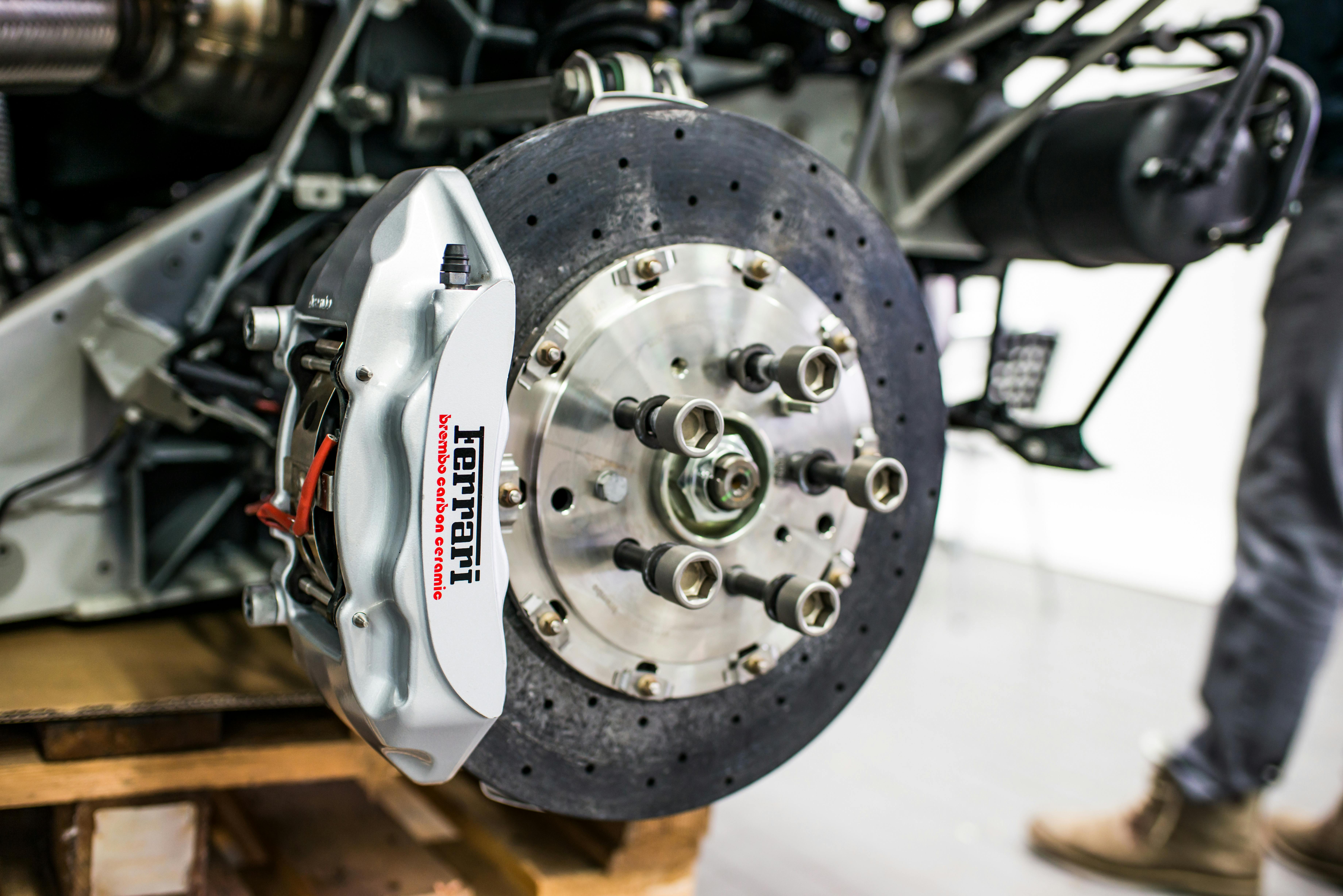Revisiting the Marvel of Disc Brakes: An Unseen Hero in Automotive Safety
In the world of automobiles, we often find ourselves enamored with blistering speed, irresistible design, and cutting-edge technology. However, one indispensable element often remains unnoticed, performing its duty with unparalleled consistency – the disc brake. This unassuming component has played a vital role in vehicle safety for decades, yet rarely gets the recognition it deserves. Let’s delve into the fascinating world of disc brakes and understand their significance in the automotive industry.

The Genesis of Disc Brakes
The disc brake, a device that has been safeguarding our journeys for years, has a rich history. It was first patented by British inventor Frederick W. Lanchester in 1902, who introduced it to overcome the limitations of the then-prevailing drum brakes. However, it took several decades for disc brakes to become a standard feature in passenger vehicles, primarily due to cost and manufacturing challenges.
This braking mechanism operates by applying friction to a rotating disc using brake pads. The friction generated slows down or halts the vehicle, ensuring quick and responsive stopping. Over the years, advancements such as vented rotors, multi-piston calipers, and anti-lock braking systems have made disc brakes more efficient and reliable.
Disc Brakes: The Current Scenario
In the contemporary automotive industry, disc brakes are now an industry-standard, owing to their superior stopping power and heat dissipation capabilities. They are predominantly used in passenger cars, trucks, motorcycles, and even some bicycles.
Experts predict that the demand for disc brakes will continue to grow, driven by increasing concerns over vehicle safety. According to a report by Grand View Research, the global automotive brake systems market is expected to reach $31.11 billion by 2025, with disc brakes accounting for a significant share.
Impact of Disc Brakes on Driving and Safety
The adoption of disc brakes has had a profound impact on driving and safety. Their exceptional heat dissipation capabilities make them less prone to ‘brake fade,’ a condition that can reduce braking effectiveness during rigorous use. This feature is particularly beneficial for high-performance vehicles and heavy-duty trucks, where consistent stopping power is critical.
Moreover, disc brakes offer superior wet-weather performance compared to drum brakes. Since they are exposed to air, water can be easily dispersed, maintaining their efficacy even in rainy conditions.
The Challenges and Future of Disc Brakes
Despite their numerous advantages, disc brakes are not without challenges. They are typically more expensive and complex to manufacture than drum brakes. Moreover, their exposed design makes them susceptible to dirt and debris, which can lead to increased wear and tear.
However, the future looks promising. Engineers are continually working on new materials and designs to increase the longevity and efficiency of disc brakes. Composite materials like carbon-ceramic are being explored to reduce weight and enhance heat resistance. Moreover, digital technologies are being integrated to monitor brake performance and predict maintenance needs.
Disc Brakes: An Unsung Hero
The disc brake is a testament to how an unseen component can play a crucial role in automotive safety. Its evolution and impact underscore the importance of continual innovation in the automotive industry, even in areas that may seem mundane. Whether it’s the everyday commute or the adrenaline-fueled race, the humble disc brake continues to ensure our journeys are safe, one stop at a time.
The automotive industry is a complex machine with countless moving parts, both seen and unseen. As we marvel at the latest advancements in design and technology, let’s not forget the vital role of components like disc brakes, the unsung heroes of our driving experience.




